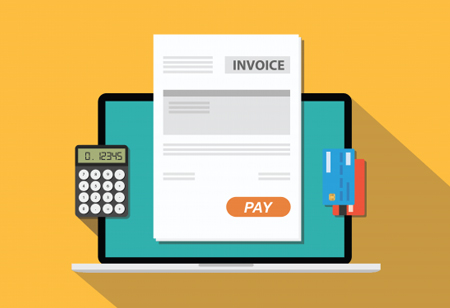THANK YOU FOR SUBSCRIBING
Be first to read the latest tech news, Industry Leader's Insights, and CIO interviews of medium and large enterprises exclusively from CFO Tech Outlook
THANK YOU FOR SUBSCRIBING

By
CFO Tech Outlook | Friday, September 04, 2020
Stay ahead of the industry with exclusive feature stories on the top companies, expert insights and the latest news delivered straight to your inbox. Subscribe today.
The majority of companies have onboarded accounts payable software to run their AP operations smoothly. Simultaneously, many small and medium-sized enterprises continue to receive invoices in paper, while some rely on manual invoice data entry.
FREMONT, CA: The COVID-19 pandemic has disrupted businesses of all kinds. The worst impacted are those that depend on a combination of physical workforce and automation. The distress caused by the pandemic has forced many companies to transform their business models and adopt a more digital approach. Companies that once refused to use automation are now leveraging the technology top stay in business. The sudden change in transformation has significantly impacted back-office processes like human resources and accounts payable. [vendor_logo_first]These processes need to quickly adapt to the new systems to ensure the company's smooth and efficient functioning. Studies have shown that nearly 85 percent of businesses believe that automation can help smooth operations. However, small and medium-sized enterprises faced upscale challenges due to the lack of automation.
Check Out This : Utilities Business Review
The majority of companies have onboarded accounts payable software to run their AP operations smoothly. Simultaneously, many small and medium-sized enterprises continue to receive invoices in paper, while some rely on manual invoice data entry. Despite the majority of companies relying on paperless invoicing, nearly 55 percent of invoices are received manually. This is especially true in the case of utilities that are essential but time-consuming.
As the world continues to evolve and adopt new technologies rapidly, manual management of operations can have several disadvantages. The lack of automation can have a profound impact on organizations.
Inaccuracy
The size of the company has a lot to do with the manual entry of data. The larger the company, the more data there is to enter, leading to an increased possibility of error.
Lack of visibility
Inaccurate data makes it more difficult for organizations to make critical decisions. Managing spending becomes even more challenging with inaccurate and erroneous data.
Cost
The approximate cost of manually processing an invoice is USD 13. This is almost three times more than what it costs in automation. The manual process also requires additional investments to identify errors. Also, this format's biggest bottleneck is the delay in invoicing, which leads to late fees and cutoffs.
See Also: Top HR Technology Companies
I agree We use cookies on this website to enhance your user experience. By clicking any link on this page you are giving your consent for us to set cookies. More info



